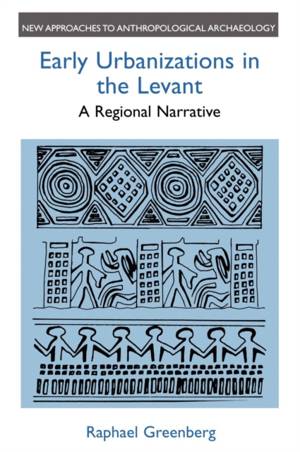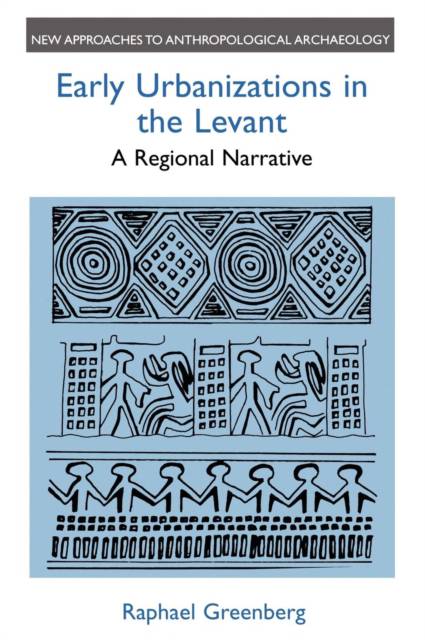
- Afhalen na 1 uur in een winkel met voorraad
- Gratis thuislevering in België vanaf € 30
- Ruim aanbod met 7 miljoen producten
- Afhalen na 1 uur in een winkel met voorraad
- Gratis thuislevering in België vanaf € 30
- Ruim aanbod met 7 miljoen producten
Zoeken
€ 457,95
+ 915 punten
Uitvoering
Omschrijving
Early Urbanizations in the Levant examines the first cycle of urbanization, collapse and reurbanization in the 4th-2nd millennium BCE Levant. The core of the study is a detailed analysis of settlement fluctuations and material culture development in the Hula Valley, at the crossroads between modern Israel, Syria and Lebanon. Focusing on field data and a close reading of the material text, the book emphasizes the variety exhibited in patterns of cultural and social change when small, densely settled regions are carefully scrutinized. Using the concepts of time-space edges and shifting loci of power, the study suggests new scenarios to explain changes in the regional archaeological record, and considers the implications these have for existing reconstructions of social evolution in the larger region. The Levant is shown to be composed of a fluid mosaic of polities that moved along multiple, if often parallel, paths towards and away from complexity. This book should be of interest to anyone studying the archaeology of early state formation in the Near East, particularly in areas of æsecondaryÆ urbanization - Palestine, Syria and Anatolia. With its detailed consideration of settlement patterns and ceramic production, it is also indispensable for the study of the early history of the two major sites in the area, Tel Dan and Tel Hazor, being the first attempt to integrate the results of excavations at these sites with the information obtained in archaeological surveys of the valley which sustained them.
Specificaties
Betrokkenen
- Auteur(s):
- Uitgeverij:
Inhoud
- Aantal bladzijden:
- 156
- Taal:
- Engels
- Reeks:
Eigenschappen
- Productcode (EAN):
- 9780718502300
- Verschijningsdatum:
- 27/08/2002
- Uitvoering:
- Hardcover
- Formaat:
- Genaaid
- Afmetingen:
- 167 mm x 252 mm
- Gewicht:
- 426 g

Alleen bij Standaard Boekhandel
+ 915 punten op je klantenkaart van Standaard Boekhandel
Beoordelingen
We publiceren alleen reviews die voldoen aan de voorwaarden voor reviews. Bekijk onze voorwaarden voor reviews.











